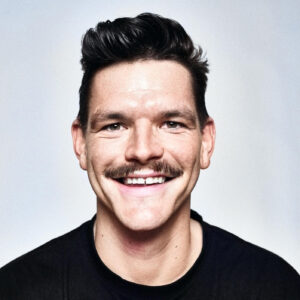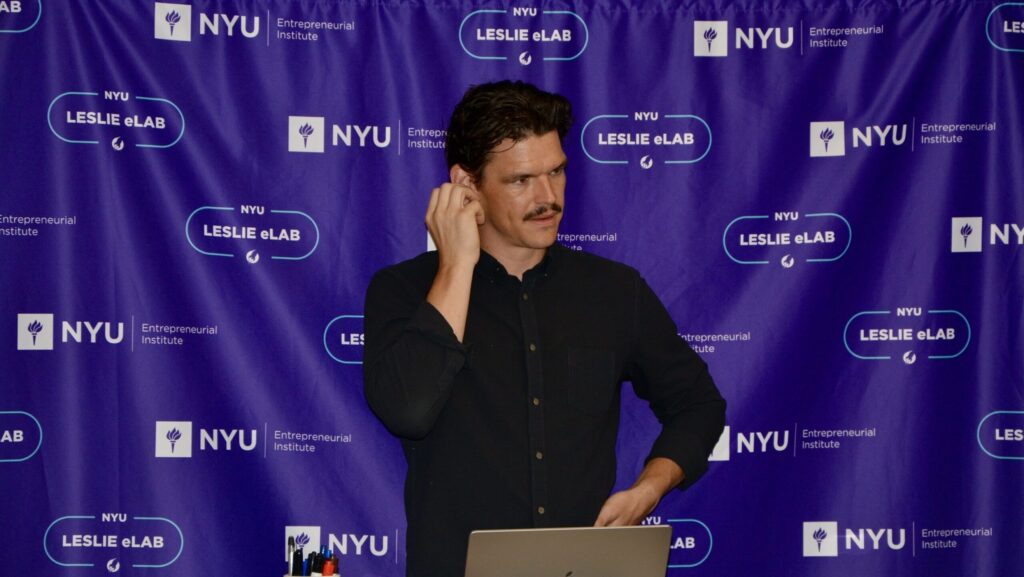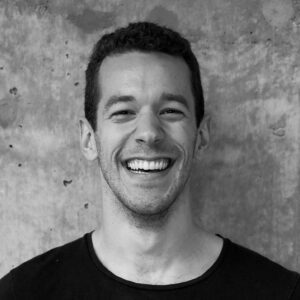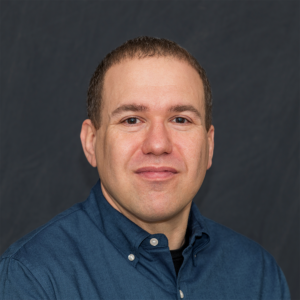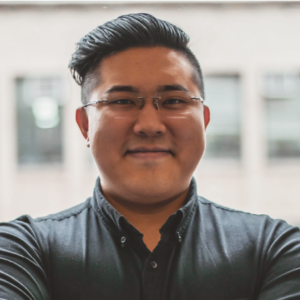Stay up to date on upcoming events, deadlines, news, and more by signing up for our newsletters!
As the 2025 Summer Launchpad (SLP) hits its halfway point in Week 5, founders dove into the art of marketing and selling before the product is finished — an approach deeply connected to storytelling, pitching and understanding customers.
Week 5 Recap:
Workshop: Closing Your First Sales
On July 9, early-stage sales expert and former Google strategist TJ Allison led a hands-on workshop focused on common pitfalls in early sales. Known for helping startups land their first $1 million in revenue, Allison cautioned founders against the “happy ears” syndrome — when polite, positive feedback doesn’t lead to genuine buying intent. In a sales conversation, a line like “Can you send over more info so I can schedule with my team?” often really means, “I’ll never follow up.”
Allison then walked founders through ways to move past false signals and start building real traction. Teams began by refining their Ideal Customer Profile (ICP), then drafted a clear, personal three-sentence message they could use for outreach. Allison emphasized the importance of “selling before you build” — using early conversations to validate demand, attract investment and find product-market fit before pouring time and money into full development.
Allison closed with a simple reminder: focus on one action, one person, one change. Expect a lot of “no,” but always try to charge.
TJ Allison on Selling to Customers:
“The best time to learn to sell was 10 years ago. The second best time is now.”
Ask-Me-Anything Session with Sebastian Jimenez (CAS ‘18), Founder & CEO of Rilla
On the same day, founders joined a Q&A with Sebastian Jimenez (CAS ‘18), a Dominican-born entrepreneur who went from stand-up comedy to building Rilla — a virtual ride-along tool for outside sales teams. It took him two years of testing different industries before landing on the right market. Today, Rilla generates $40 million in annual recurring revenue, has a team of 70 and is backed by Google Ventures at an $800 million valuation.
Echoing points from Allison’s earlier session on “selling before building,” Jimenez stressed that market focus and a strong sales process matter more than perfecting a product. Success comes from talking to real customers, solving real problems and going deep into one niche — not from building more features.
Sebastian Jimenez on Finding the Right Market:
“Markets matter more than anything. Most startups fail because most founders are not even playing the right game to begin with. They think finding product market fit is a one-sided equation and they try to obsess about building a great product.”
Workshop: Pitch Deck Design
On July 10, founders met with David Isaacs (Gallatin ‘99), creative director at R/GA who has helped over 200 startups raise a combined $3.5 billion. Isaacs shared tips on crafting effective pitch decks — framing them not just as slides, but as stories.
He pointed out that a strong pitch should follow a simple, clear structure: start by telling the audience what you’re going to say, say it, then wrap up by reminding them what you just said. Founders can choose their own style: whether it’s memorizing a script, using slides as cue cards or freestyling entirely. What matters most is confidence and a solid grasp of what makes your startup stand out.
To Isaacs, pitching — like any form of storytelling — takes iteration. Instead of chasing perfection on the first try, teams should focus on practicing, refining and getting a little better each time.
David Isaacs on Pitch Presentation:
“The fact that you're up there putting it in your own words, delivering the story … that is a presentation.”
Workshop: Storytelling
To close out the week, Darren Yee (Tandon ‘16), senior venture associate at the NYU Entrepreneurial Institute and co-lead of SLP, led a workshop on storytelling for startups — a deeper dive following David Isaacs’s session on pitch decks.
According to Darren, every great pitch weaves together three essential narratives: the user story, the industry story, and the founder story. The user story begins with a problem, finds resolution through the product and ends with a clear path to revenue. The industry story zooms out, not just to map the competition, but to spotlight the overlooked corners of the market. The founder story centers on what makes the team unique — the spark that sets the vision in motion and fuels early traction.
Darren Yee on Telling Stories:
“People remember stories. A good story tells you just enough information, in the right order to be memorable.”
We’ll be back with more updates from SLP!




